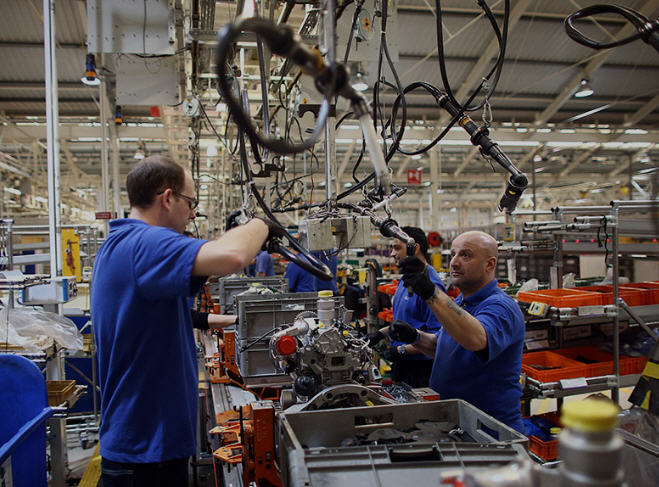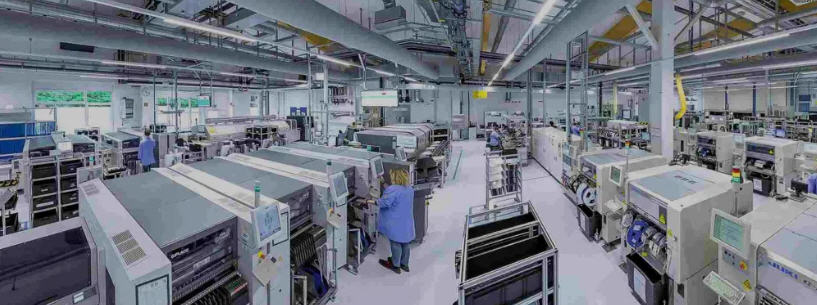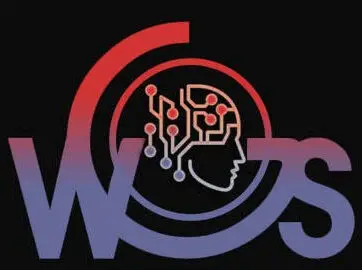A chatbot for the manufacturing sector can address several business problems, improve operational efficiency, and enhance customer satisfaction. Here are the key problems it can solve:
1. 24/7 Customer Support
- Problem: Customers often have questions outside of business hours, such as order status, product specifications, or delivery timelines.
- Solution: A chatbot can provide instant answers to common queries, ensuring customers get the information they need anytime.
2. Order Tracking and Updates
- Problem: Customers frequently ask about the status of their orders or delivery timelines.
- Solution: A chatbot can provide real-time updates on order status and delivery estimates.
3. Inventory Management
- Problem: Tracking inventory levels, locating items, and updating stock records can be time-consuming and prone to errors.
- Solution: A chatbot can provide real-time inventory updates, help locate items, and automate stock level tracking.
4. Lead Generation and Qualification
- Problem: Manufacturing companies may struggle to capture and qualify leads for new clients or bulk orders.
- Solution: A chatbot can engage website visitors, collect their information, and pre-qualify leads based on their needs.
5. Supplier and Vendor Communication
- Problem: Coordinating with suppliers and vendors for raw materials or delivery schedules can be inefficient.
- Solution: A chatbot can automate communication with suppliers, send reminders, and track delivery schedules.
6. Feedback and Surveys
- Problem: Collecting feedback from customers or partners can be inconsistent and time-consuming.
- Solution: A chatbot can automate feedback collection and surveys, providing valuable insights for improvement.
7. Multilingual Support
- Problem: Manufacturing companies serving global clients may face language barriers.
- Solution: A chatbot can offer multilingual support, enabling communication in the customer’s preferred language.
8. Reducing Administrative Overhead
- Problem: Administrative tasks (e.g., answering FAQs, scheduling, reminders) consume significant time.
- Solution: A chatbot can automate routine tasks, reducing the workload on staff.
9. Improving Customer Retention
- Problem: Customers may feel neglected if communication is slow or inconsistent.
- Solution: A chatbot can maintain consistent engagement, provide timely updates, and collect feedback.
10. Competitive Advantage
- Problem: Manufacturing companies face increasing competition and need to differentiate themselves.
- Solution: A chatbot can position the company as tech-savvy and customer-focused, attracting more clients.
11. Data Analytics and Insights
- Problem: Companies may lack actionable insights into customer behavior and preferences.
- Solution: A chatbot can collect and analyze data on customer interactions, helping improve services and make data-driven decisions.
12. Onboarding New Customers
- Problem: The onboarding process for new customers can be lengthy and confusing.
- Solution: A chatbot can guide customers through the onboarding process, ensuring all necessary information is collected.
13. Maintenance and Equipment Issues
- Problem: Reporting and resolving equipment malfunctions or maintenance requests can be slow.
- Solution: A chatbot can log maintenance requests, provide troubleshooting tips, and notify the maintenance team.
14. Emergency Notifications
- Problem: In case of production delays, equipment failures, or emergencies, customers need immediate updates.
- Solution: A chatbot can send instant notifications and provide instructions for emergencies.
15. Training and Upskilling
- Problem: Employees may need help learning new machinery or processes.
- Solution: A chatbot can provide training resources, tutorials, and links to online courses.

Here are three ready-to-implement chatbot use cases for manufacturing businesses that can drive operational efficiency, reduce downtime, and improve supplier coordination with minimal setup:
1. Real-Time Equipment Maintenance Triage
Use Case:
Floor supervisors report issues via SMS/tablet:
“CNC Machine #3 overheating”
“Conveyor belt jam at Station B”Chatbot:
Guides through quick diagnostics (“Check hydraulic fluid levels”)
Alerts assigned technicians based on error codes
Prioritizes work orders by urgency
Immediate Benefit: Reduces machine downtime by 30% through faster response.
Example Flow:
*”Machine #3 Alert:
🔧 Error Code E-47 (bearing failure)
🛠️ Assigned: Technician Rodriguez (ETA 15 mins)
⚠️ Safety: Power down until inspection
View repair history
Escalate to OEM
Mark as false alarm”*
2. Automated Inventory Replenishment
Use Case:
Chatbot monitors stock levels and:
Triggers purchase orders when below threshold (“304 Stainless rods: 2-day supply left”)
Compares supplier lead times/prices
Gets manager approval for large orders
Immediate Benefit: Prevents $50K+ in lost production from stockouts.
Example Workflow:
*”⚠️ CRITICAL REORDER:
Item: Industrial V-belts (Qty 200)
Supplier A: 4.75/unit(3−daydelivery)SupplierB:4.75/unit(3−daydelivery)SupplierB:5.10/unit (next-day air)
Approve 200 @ Supplier A
Rush 50 @ Supplier B
Hold emergency meeting”*
3. New Employee Onboarding & SOP Access
Use Case:
Workers ask:
“How to calibrate Laser Cutter XJ-200?”
“Show me lockout/tagout procedure”Chatbot:
Delivers interactive work instructions with diagrams
Tests safety knowledge via quizzes
Routes complex questions to supervisors
Immediate Benefit: Cuts training time by 50% while improving compliance.
Example Script:
*”Laser Cutter Calibration:
Power on (see switch diagram)
Load test material (video)
Adjust focal length (tool required)
❓ Never adjust mirrors while poweredView full SOP
Mark as completed
Request live demo”*
Why Manufacturers Need This Now:
Labor Shortages: Chatbots augment inexperienced workers
Supply Chain Volatility: Real-time inventory tracking is critical
Regulatory Compliance: Digital audit trails for ISO/OSHA

Why Manufacturers Need Chatbots: The 24/7 Digital Factory Assistant
Key Reason: Chatbots dramatically reduce operational costs while improving production efficiency and supply chain coordination through intelligent automation.
Cost Savings & Efficiency Numbers That Will Convince Any Plant Manager:
24/7 Production Support
Handles 80% of routine operational queries (machine status, inventory checks, shift schedules)
Cost per interaction: 0.10(chatbot)vs0.10(chatbot)vs25 (supervisor call) – 99.6% savings
Instant equipment alerts reduce downtime by 35% (McKinsey Manufacturing Report)
Supply Chain Optimization
Automated PO tracking cuts procurement time by 50%
AI-powered inventory alerts prevent 22% of stockouts (MHI Annual Report)
Supplier chatbots reduce lead time inquiries by 60%
Quality Control & Compliance
Automated defect reporting speeds up responses by 40%
Digital SOP access reduces training time by 30% (Deloitte Manufacturing Study)
Regulatory compliance checks prevent $50,000+ in annual fines
Maintenance Efficiency
Predictive maintenance alerts extend equipment life by 25%
Automated work orders save 12+ hours/week of planner time
AI troubleshooting guides fix 45% of issues without technician dispatch
Employee Productivity
Instant access to schematics/blueprints saves 5+ hours/week per engineer
Multilingual support reduces miscommunication in global teams
Automated shift swaps cut HR admin by 50%
ROI Breakdown for Mid-Sized Manufacturer ($50M Revenue):
| Metric | Without Chatbot | With Chatbot | Annual Impact |
|---|---|---|---|
| Downtime Costs | $1.8M | $1.17M | $630K saved |
| Inventory Waste | $750K | $600K | $150K saved |
| Quality Defects | 3.2% | 2.4% | 25% reduction |
| Staff Productivity | 65% | 85% | +20% |
| Training Costs | $320K | $224K | $96K saved |
